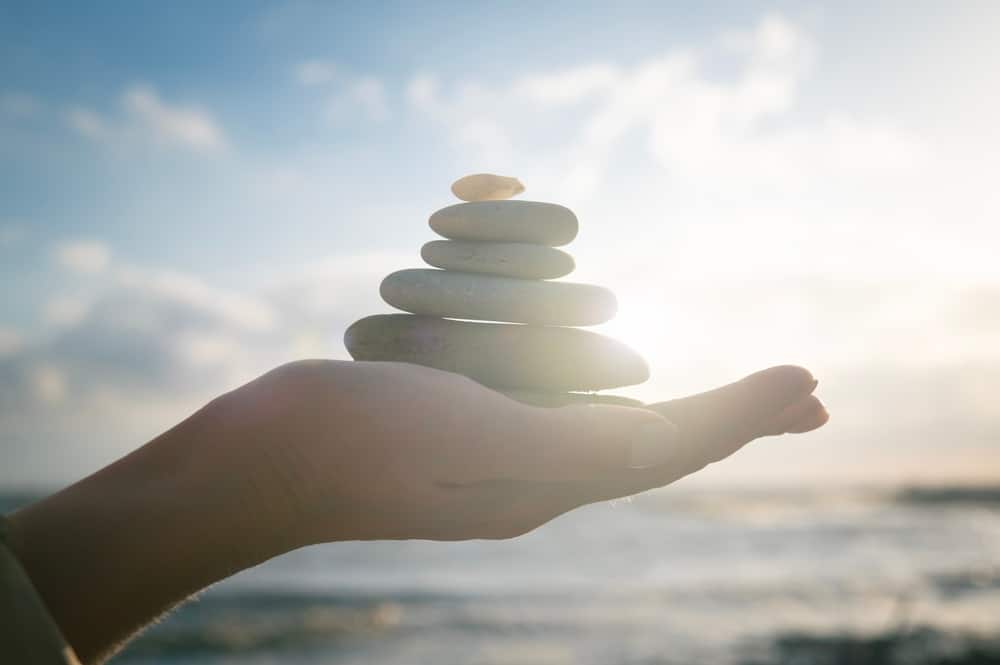Navigating the daily life of a mother with both a tween and a teen can often feel like being in the eye of a storm. As many of us strive for a drama-free existence, we may find ourselves unwittingly swept up in a cycle of chaos. This conflict can lead to introspection about why we sometimes seem to attract chaos instead of cultivating calm.
The Paradox of Seeking Stability
It is intriguing how many of us profess a desire for stability while continually inviting drama into our lives. Whether it’s escalating tension in relationships or overloading our daily schedules, it seems that just when life begins to stabilize, we inadvertently court more chaos.
Therapeutic insight suggests that this pull toward disorder is not merely a desire for stress but is often rooted in our childhood experiences. For instance, if our formative years were filled with unpredictability, the calm may feel unsettling or even alien. Familiarity becomes our comfort zone, sometimes leading us to psychically recreate those intense dynamics in adulthood.
How Childhood Experiences Shape Our Responses
Understanding how childhood trauma influences adult behavior can provide crucial insights. For many, if love and chaos were intertwined during formative years, a subconscious link develops between enthusiasm and instability. According to Alyssa Kushner, a licensed trauma therapist, adults may find themselves drawn to relationships or environments that echo their pasts. This can result in an addiction to tumultuous situations, as the nervous system becomes conditioned to associate drama with emotional connection.
The impact of such early experiences cannot be overstated. Students of psychology agree that those raised in chaotic environments might develop a skewed interpretation of calmness, deeming it “boring” or even threatening. This can generate a cycle where our emotional baseline skews toward disorder, desiring chaos as a misguided form of safety.
The Role of Modern Hustle Culture
In addition to childhood experiences, societal pressures also contribute to chaos-seeking behavior. In our contemporary landscape, particularly as parents, the expectations to be hyper-productive can lead to chaotic lifestyles. The relentless hustle culture demands that we keep our calendars packed and minimize downtime, which often results in feelings of chaos anytime plans shift unexpectedly.
Jordan Conrad, a clinical psychologist, highlights that the pressure to fulfill multiple roles simultaneously—from parental duties to professional obligations—can amplify feelings of chaos. While some may seek chaos as a thrill, many simply find themselves overwhelmed by responsibilities.
The Emotional Highs of Chaotic Moments
Compellingly, chaos can also lead to rewarding emotional experiences. The urgency that accompanies chaotic situations often sharpens focus and provides a sense of purpose. The excitement of unexpected moments—like a romantic gesture at the airport or succeeding under pressure—often elicits strong emotional responses that can reinforce our connection to chaos.
However, recognizing that these fleeting “highs” don’t constitute sustainable happiness can be pivotal. The drama we sometimes seek might provide temporary joy, but it’s not conducive to long-term well-being.
Breaking the Cycle of Chaos
If you’re ready to step off the chaotic merry-go-round, awareness is the first step. Recognizing our behavior and how it may contribute to chaos is vital. Many individuals struggle to identify themselves as the architects of their chaos; instead, they often perceive it as unavoidable.
Both Kushner and Conrad suggest several strategies to break free from this cycle. Emotional regulation techniques, such as grounding exercises and intentional stillness, can help retrain your nervous system to embrace calmness as a safe alternative.
Creating a realistic schedule can also mitigate chaotic tendencies. Instead of overcommitting, allow yourself space to breathe. By planning adequately and prioritizing tasks, the feeling of chaos can diminish.
Conclusion
Our journeys through motherhood and family life can often feel tumultuous, but it’s essential to remember that we are not broken. Our patterns of seeking chaos are often reflections of past experiences and societal pressures. By developing awareness and implementing strategies for emotional regulation, we can shift from cycles of chaos to the peace we genuinely desire. Understanding our responses is the first step toward lasting change and serenity in our lives.



































